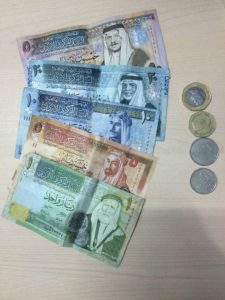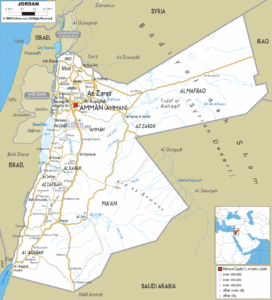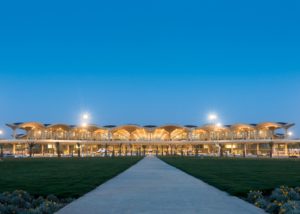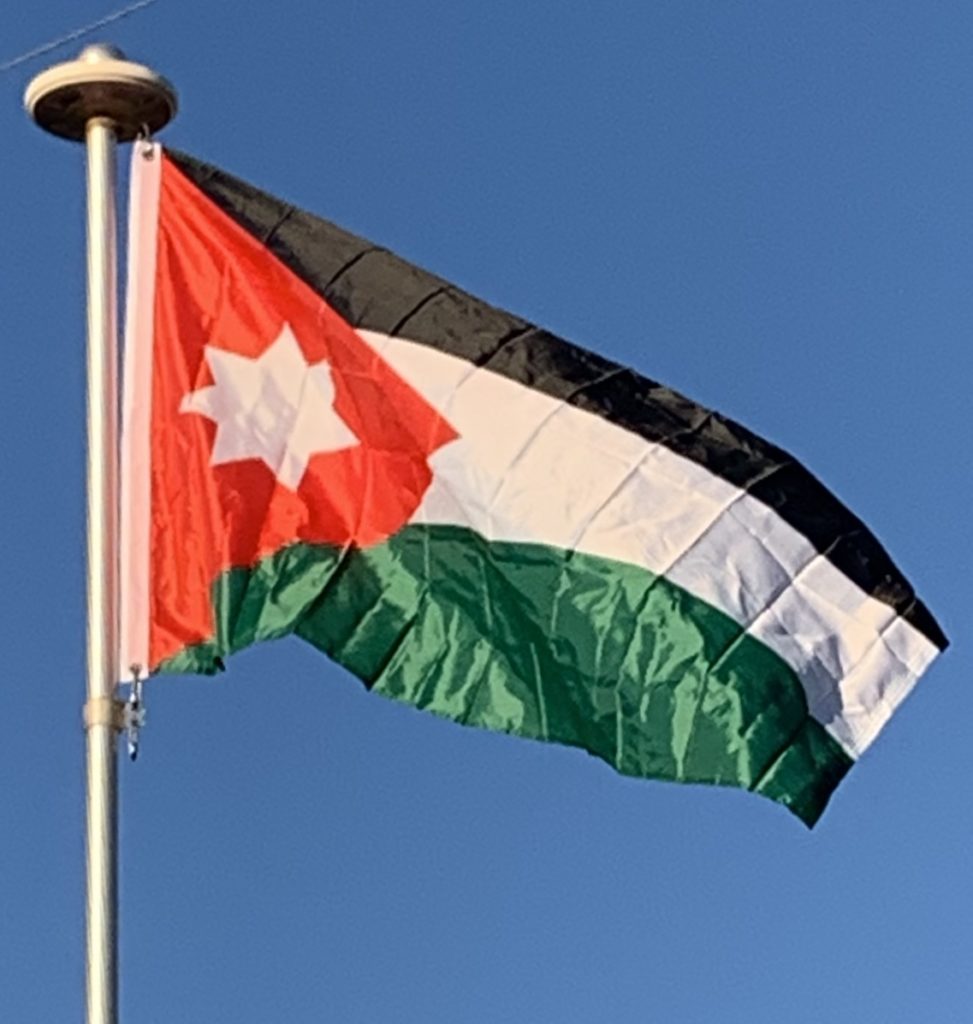
The proportion of well-educated and skilled workers in Jordan is among the highest in the region in sectors such as ICT and industry, due to a relatively modern educational system. This has attracted large foreign investments to Jordan and has enabled the country to export its workforce to Persian Gulf countries. Flows of remittances to Jordan grew rapidly, particularly during the end of the 1970s and 1980s, and remains an important source of external funding. Remittances from Jordanian expatriates were $3.8 billion in 2015, a notable rise in the amount of transfers compared to 2014 where remittances reached over $3.66 billion listing Jordan as fourth largest recipient in the region.
Transportation:
Jordan is ranked as having the 35th best infrastructure in the world, one of the highest rankings in the developing world, according to the 2010 World Economic Forum’s Index of Economic Competitiveness. This high infrastructural development is necessitated by its role as a transit country for goods and services to Palestine and Iraq. Palestinians use Jordan as a transit country due to the Israeli restrictions and Iraqis use Jordan due to the instability in Iraq.

According to data from the Jordanian Ministry of Public Works and Housing, as of 2011, the Jordanian road network consisted of 2,878 km (1,788 mi) of main roads; 2,592 km (1,611 mi) of rural roads and 1,733 km (1,077 mi) of side roads. The Hejaz Railway built during the Ottoman Empire which extended from Damascus to Mecca will act as a base for future railway expansion plans. Currently, the railway has little civilian activity; it is primarily used for transporting goods. A national railway project is currently undergoing studies and seeking funding sources.
Jordan has three commercial airports, all receiving and dispatching international flights. Two are in Amman and the third is in Aqaba, King Hussein International Airport. Amman Civil Airport serves several regional routes and charter flights while Queen Alia International Airport is the major international airport in Jordan and is the hub for Royal Jordanian Airlines, the flag carrier. Queen Alia International Airport expansion was completed in 2013 with new terminals costing $700 million, to handle over 16 million passengers annually. It is now considered a state-of-the-art airport and was awarded ‘the best airport by region: Middle East’ for 2014 and 2015 by Airport Service Quality (ASQ) survey, the world’s leading airport passenger satisfaction benchmark program.

The Port of Aqaba is the only port in Jordan. In 2006, the port was ranked as being the “Best Container Terminal” in the Middle East by Lloyd’s List. The port was chosen due to it being a transit cargo port for other neighboring countries, its location between four countries and three continents, being an exclusive gateway for the local market and for the improvements it has recently witnessed.
Flag of Jordan:
The flag of Jordan, officially adopted on 16 April 1928, is based on the 1917 flag of the Arab Revolt against the Ottoman Empire during World War I. The flag consists of horizontal black, white, and green bands that are connected by a red chevron. The colors stand are the Pan-Arab Colors, representing the Abbasid (black band), Umayyad (white band), and Fatimid (green band) caliphates. The red chevron is for the Hashemite dynasty, and the Arab Revolt.
